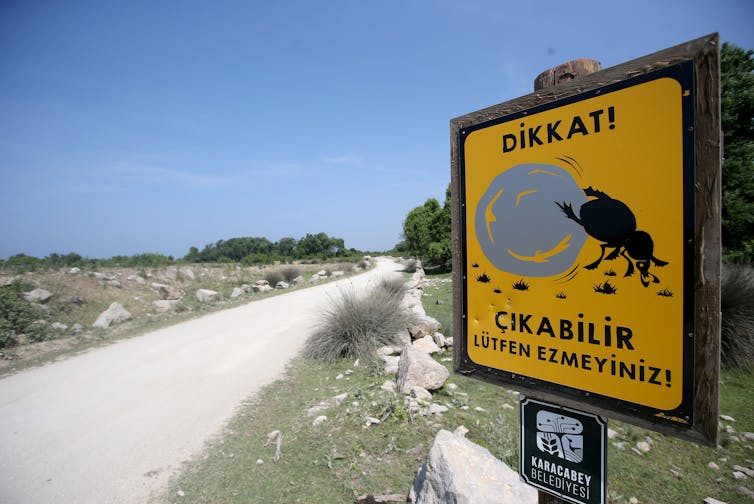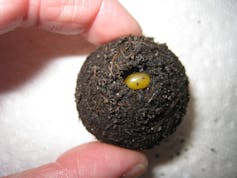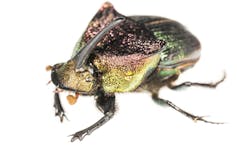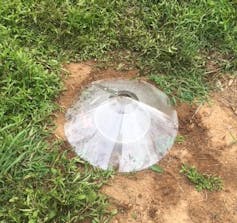Simberloff Honored by British Ecological Society

Daniel Simberloff, the Gore Hunger Professor of Environmental Science in the UT Department of Ecology and Evolutionary Biology, received an honorary membership – the Society’s highest honor – for his “exceptional contribution at the international level to the generation, communication, and promotion of ecological knowledge and solutions.”
“I have been an avid reader of BES journals since my earliest graduate school days,” Simberloff said. “My extensive research on Charles Elton led me to a greater appreciation of the leading role BES plays in shaping the direction of ecological research. I am humbled and deeply grateful that the Society would confer such an honor on me.”
Simberloff’s research focus is invasion biology, community composition, and the structure of organisms in specific features. One long-term project in Patagonia he has worked on involves invasive conifer trees and the introduction of deer, boar, and fungi. Almost a century ago, non-native tree species were introduced to a cleared section in the middle of a native forest in an attempt to establish a forestry industry on Isla Victoria, an island in the middle of Lake Nahuel Huapi. Only seven of the original species spread in number beyond the plantations.
“Our research shows that absence of suitable mycorrhizal fungi in the native forest keeps many of the non-native species from spreading,” Simberloff said. “Boar introduced in 1999, however, are exacerbating the invasion by rooting for fungal mycelium. Also, two species of deer introduced long ago may be aiding the spread.”
Simberloff became fascinated with nature during his childhood in rural Pennsylvania, but it was his time at Harvard College that got him hooked on ecology.
“I was seduced by the aesthetics and challenge of mathematics, but a non-majors biology course and an entomology course steered me back into biology and to the laboratory of Edward O. Wilson, who advised my doctorate: a test of the equilibrium theory of island biogeography with the arthropod communities of small mangrove islands,” Simberloff said. “This research and interactions with Wilson and Robert MacArthur, who served as a member of my doctoral committee, led me to a lifelong interest in the community level of organization – which species are found together, which are not found together, and why.”
Simberloff, along with Robin Chazdon, University of the Sunshine Coast, in Australia and Monica Turner, University of Wisconsin-Madison, joined the BES Honorary Membership roster, which includes British Ecologist Sir David Attenborough.
This year, there are winners across five continents, representing the international membership of the BES. Learn more about the 2023 BES award winners.













